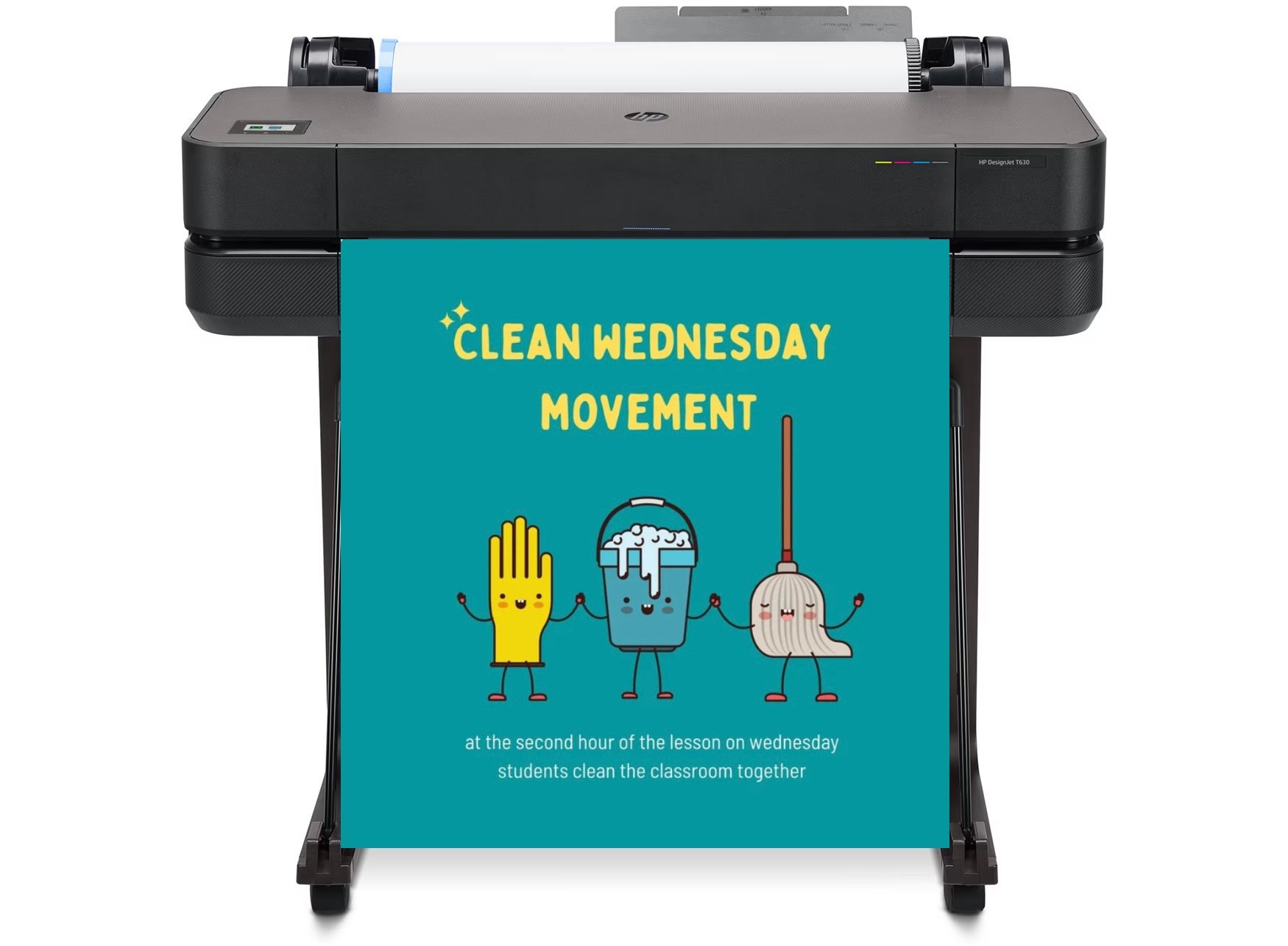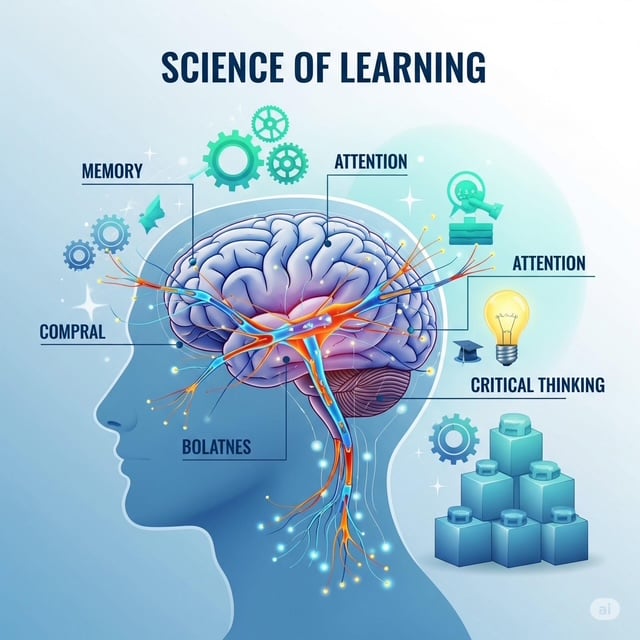
DISCOUNTED EDUCATION PRICING! CALL 1-877-891-8411. We Gladly Accept School Purchase Orders!

The science of learning is a fascinating field that blends cognitive psychology, neuroscience, and educational research to uncover how humans absorb, retain, and apply knowledge. By understanding these principles, teachers, students, and lifelong learners can optimize their learning strategies to achieve better outcomes. Whether you’re a teacher designing classroom posters with tools from Education Graphic Solutions or a student aiming to ace exams, the science of learning offers practical, evidence-based techniques to make education more effective.
In this comprehensive guide, we’ll explore the core principles of the science of learning, answer common questions, provide actionable strategies, and highlight how tools like poster makers can enhance classroom engagement. Let’s dive into the fascinating world of how we learn and how to make it stick!
The science of learning is the study of how people acquire, process, and retain information. It draws on research from cognitive science to identify strategies that enhance learning efficiency. According to The Science of Learning by Deans for Impact, this field connects cognitive principles to practical teaching strategies, ensuring educators and learners can apply evidence-based methods in real-world settings.
These principles are not just theoretical—they’re backed by decades of research and can be applied in classrooms, study sessions, or even professional development.
Teachers play a pivotal role in translating cognitive science into practical strategies. Here are some ways to apply these principles, enhanced with tools like poster makers:
Retrieval practice involves asking students to recall information without cues, such as through quizzes or discussions. To make this engaging, teachers can use vibrant posters created with poster maker machines for schools. For example, a poster with key math formulas or historical dates can prompt students to recall facts during class activities.
Example: Create a classroom poster with questions like, “What are the three branches of government?” Display it prominently and encourage students to answer aloud or write responses periodically.
Instead of cramming, space out reviews of material over days or weeks. Tools like Google Classroom can help schedule assignments that revisit key concepts at optimal intervals.
Example: Assign a weekly quiz on vocabulary words introduced earlier in the semester, gradually increasing the time between reviews.
Mix topics within a single lesson to promote deeper understanding. For instance, when teaching science, alternate between biology and physics concepts in one session to encourage students to make connections.
Example: Design a poster with interleaved math problems (e.g., algebra, geometry, and fractions) to encourage flexible thinking during practice.
Feedback is most effective when it’s timely and specific. Use digital tools like Google Forms to create interactive assignments that provide instant feedback.
Example: After a quiz, display a poster summarizing common mistakes and correct answers to reinforce learning.
Break complex topics into smaller chunks and use visuals to support understanding. Poster makers for teachers can create clear, concise visuals that reduce cognitive overload.
Example: A biology teacher could use a 36″ poster from Education Graphic Solutions to illustrate the stages of mitosis, simplifying a complex process.
Applying these principles yields measurable benefits for both students and educators:
Retrieval practice strengthens memory by forcing the brain to recall information effortfully. For example, a student who quizzes themselves on vocabulary words is more likely to remember them than one who simply rereads notes.
Tip: Use flashcards or create a classroom poster with key questions to encourage regular recall.
Spaced repetition leverages the “forgetting curve,” where information is reviewed just as it’s about to be forgotten, reinforcing memory. Apps like Anki or Quizlet can automate this process, but teachers can also use posters to display review schedules.
Tip: Create a timeline poster showing when students should review key topics (e.g., Week 1: Algebra basics, Week 3: Quadratic equations).
Blocking involves studying one topic at a time (e.g., only algebra for a week), while interleaving mixes topics (e.g., algebra, geometry, and statistics in one session). Interleaving promotes better problem-solving skills and adaptability.
Tip: Design a mixed-topic worksheet and pair it with a poster that visually organizes the concepts for clarity.
Tools like Google Workspace for Education offer features like real-time feedback, interactive assignments, and analytics to track student progress. Poster printing machines can complement these by creating tangible resources that reinforce digital lessons.
Tip: Use Google Classroom to assign practice sets and display results on a classroom poster for group discussion.
A biology teacher in Texas used a 44″ poster maker from Education Graphic Solutions to create vivid diagrams of cell structures. By incorporating retrieval practice (quizzes based on the posters) and spaced repetition (reviewing diagrams weekly), her students’ test scores improved by 15% over the semester.
An elementary school in California used Google Classroom’s Read Along feature alongside custom posters displaying phonics rules. The combination of real-time feedback and visual reinforcement helped struggling readers improve their Lexile scores by 10 points in three months.
For a deeper dive into how visual aids can enhance learning, check out this insightful blog post from SchoolPosterPrinters.com: “How Poster Makers Enhance Classroom Engagement”. The post highlights how poster makers empower teachers to create dynamic visuals that align with cognitive principles like retrieval practice and cognitive load management. It also shares practical tips for designing posters that capture students’ attention and reinforce key concepts.
The science of learning is more than a collection of research findings—it’s a transformative blueprint for unlocking the full potential of every learner. By harnessing evidence-based strategies like retrieval practice, spaced repetition, interleaving, feedback-driven learning, and cognitive load management, educators and students can achieve extraordinary results that last a lifetime. These principles empower teachers to create dynamic, engaging classrooms where knowledge sticks, and students are inspired to explore, question, and grow.
Imagine a classroom where every lesson is optimized for retention, where students eagerly participate in retrieval exercises prompted by vibrant school visuals Picture students confidently tackling complex problems because interleaving has sharpened their adaptability, or mastering challenging concepts thanks to carefully spaced review sessions. This is the power of the science of learning—a revolution in education that places the learner at the center of the process.
But the journey doesn’t stop here. To truly transform learning, it’s essential to combine these cognitive strategies with practical tools that bring lessons to life. School visuals enable educators to craft professional-grade visuals that reinforce key concepts, reduce cognitive overload, and spark curiosity. Whether it’s a colorful diagram of the water cycle, a timeline of historical events, or a chart of math formulas, these visuals make abstract ideas tangible and memorable.
As you move forward, consider this an invitation to rethink how you teach, learn, or support education. Start small—experiment with one strategy, like a retrieval practice quiz paired with a custom poster. Track the results, celebrate the successes, and refine your approach. The science of learning isn’t just for classrooms; it’s for anyone eager to grow, from students preparing for exams to professionals mastering new skills. By embracing these principles, you’re not just teaching—you’re shaping minds, fostering resilience, and igniting a lifelong love of learning.
Call to Action: Share your favorite learning strategy in the comments below, or contact Education Graphic Solutions to discover how their poster makers can enhance your classroom!